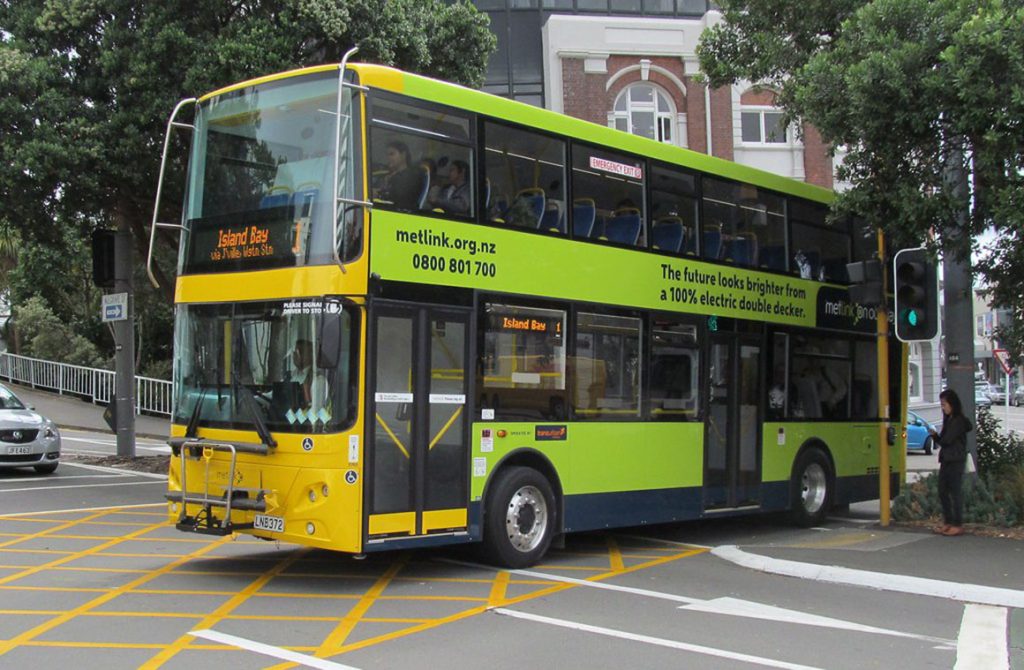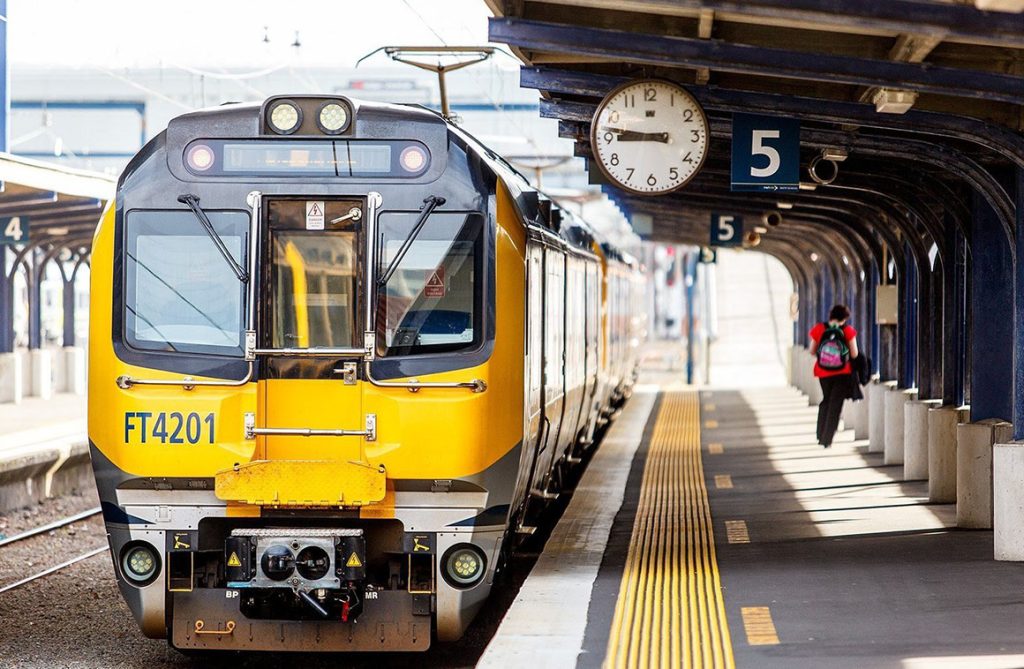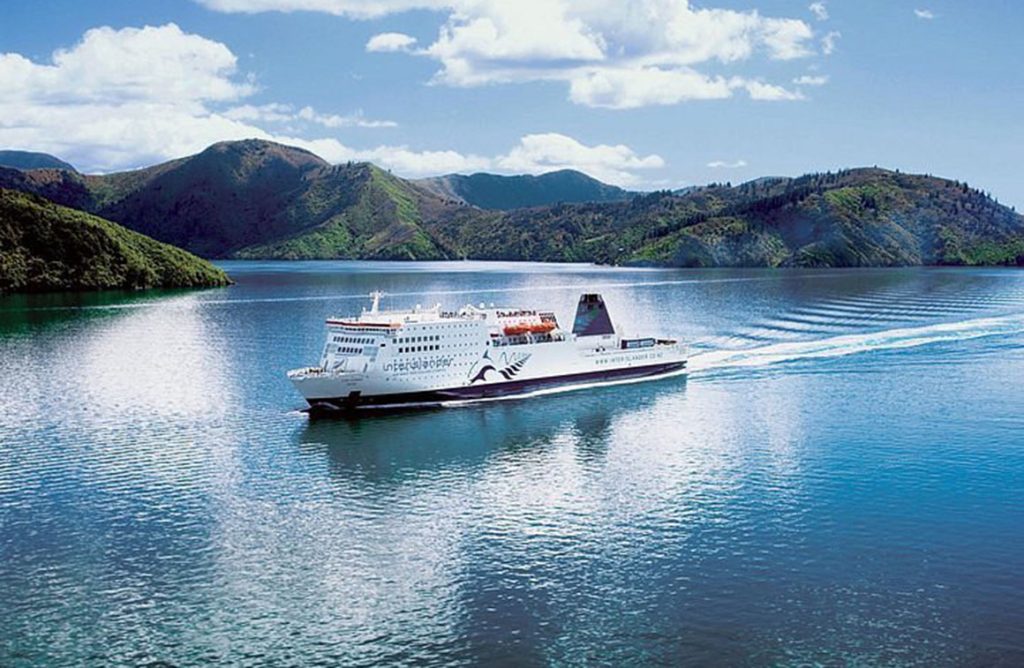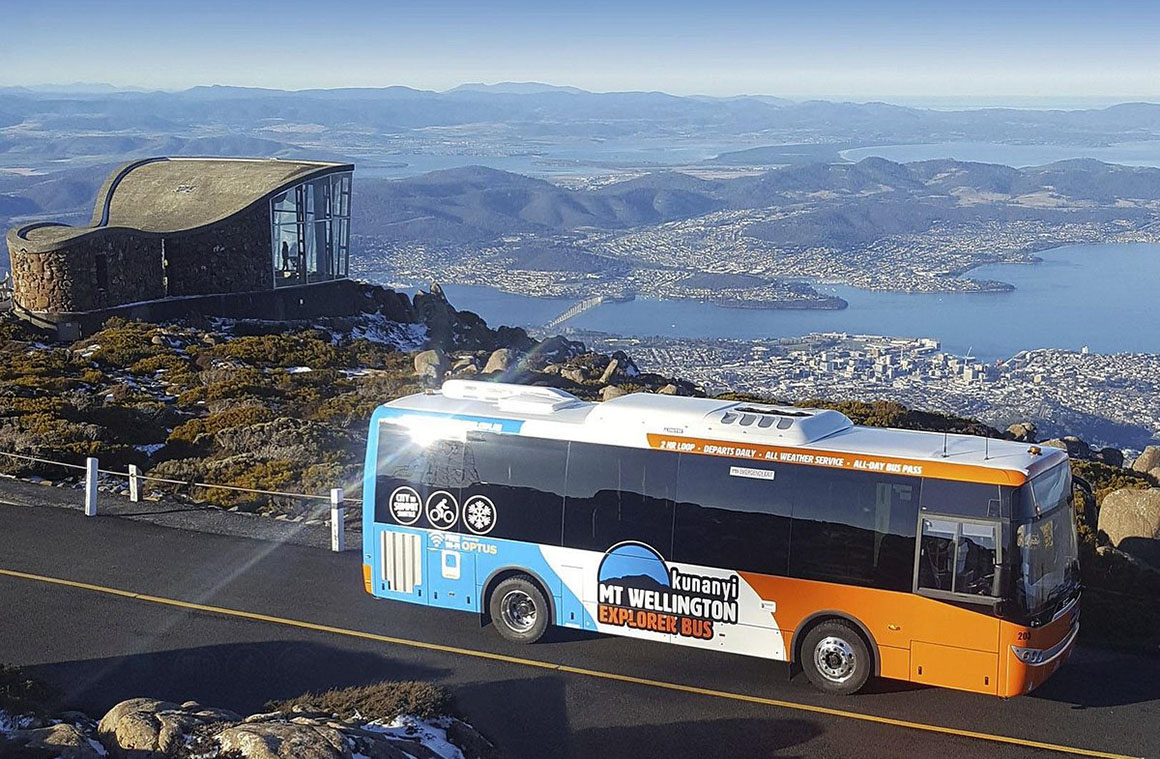Wellington, New Zealand’s vibrant capital city, boasts a well-connected and efficient public transport system that makes exploring its attractions easy and affordable. During my visit, I relied heavily on buses, trains, and ferries, discovering firsthand how these services make getting around the city a breeze. Whether you’re a first-time visitor or a seasoned traveler, this guide will equip you with the details you need to navigate Wellington’s public transport system effectively.
Overview of Wellington’s Public Transport System
Wellington’s public transport system is primarily managed by Metlink, which operates buses, trains, and ferries. The services are reliable, punctual, and well-suited for both local commuters and visitors. The city’s compact size and well-planned routes mean you can easily travel between key locations, from the bustling city center to serene outer suburbs and scenic coastal areas.
Modes of Transport:
- Buses: The most commonly used mode of public transport, with routes covering most areas in Wellington.
- Trains: Ideal for reaching outer suburbs and exploring the wider Wellington region.
- Ferries: A scenic way to travel, especially for destinations like Days Bay and Matiu/Somes Island.
Buses: The Backbone of Wellington’s Transport
Comprehensive Coverage
Buses are the primary mode of transport within Wellington city. With extensive routes covering the central business district (CBD), suburbs, and popular attractions, buses are a convenient option for getting around.

Key Routes:
- Route 1: Runs from Island Bay to Johnsonville, passing through the CBD.
- Route 2: Connects Karori to Seatoun, with stops at Courtenay Place and Te Aro.
- Airport Flyer (No longer operational): While the dedicated airport bus service has been discontinued, alternative bus routes connect the airport to the city center.
How to Use the Bus Service
Tickets and Payment:
- Snapper Card: The most convenient way to pay for bus rides. This reusable card offers discounted fares compared to cash payments. You can purchase a Snapper card at convenience stores or online.
- Cash Fares: Cash payments are accepted but slightly more expensive. Drivers provide change for small denominations.
Boarding and Departing:
- Buses display route numbers and destinations on the front. Simply wave to signal the driver to stop.
- Use the bell near your seat to indicate your stop.
My Experience
I used the Route 2 bus to travel between my accommodation in Karori and the bustling Courtenay Place. The ride was smooth, with ample seating and clear announcements for each stop. I found the Snapper card to be incredibly handy, saving both time and money. The buses were clean and well-maintained, and drivers were courteous and helpful when I had questions about routes.
Trains: Exploring Beyond the City
Connecting the Region
Wellington’s train network is perfect for exploring areas beyond the city center. Trains are fast, comfortable, and scenic, making them a great option for day trips.

Key Train Lines:
- Kapiti Line: Runs from Wellington to Waikanae, with stops at Paraparaumu and Plimmerton.
- Hutt Valley Line: Connects Wellington to Upper Hutt, passing through Petone and Lower Hutt.
- Wairarapa Line: A longer route that takes you to the picturesque Wairarapa region, ideal for wine tours and nature escapes.
Stations and Accessibility
Wellington Railway Station, located at the northern end of the CBD, serves as the hub for all train lines. The station is well-equipped with ticket counters, electronic kiosks, and waiting areas. Trains are accessible for passengers with mobility challenges, offering ramps and designated seating areas.
Tickets and Fares
- Single Tickets: Available at stations or onboard (cash only).
- Monthly and Daily Passes: Great for unlimited travel across the network, offering significant savings for frequent travelers.
My Train Journey
I took the Kapiti Line to explore Paraparaumu Beach. The ride was a highlight of my trip, offering stunning views of the coastline and rolling hills. The train was punctual and clean, with plenty of legroom and free Wi-Fi onboard. I purchased my ticket at the station kiosk, which was quick and straightforward.
Ferries: Scenic Coastal Adventures
Routes and Destinations
Wellington’s ferries provide a unique way to experience the city’s harbor and coastal areas. Operated by East by West Ferries, these services are both functional and enjoyable.

Popular Routes:
- Days Bay: A charming seaside destination perfect for a relaxing day out.
- Matiu/Somes Island: A historic and ecological reserve, ideal for hiking and wildlife spotting.
Tickets and Boarding
Tickets can be purchased online, at ticket counters near the ferry terminals, or onboard. It’s recommended to book in advance for peak times, as ferries can get busy, especially during weekends and holidays.
My Ferry Experience
I took a ferry to Matiu/Somes Island for a day of hiking and exploring. The journey was short but packed with stunning views of Wellington’s skyline and surrounding hills. The ferry was comfortable, with indoor and outdoor seating options. Booking online saved me time, and the staff onboard were friendly and knowledgeable about the destination.
Practical Tips for Public Transport
- Download the Metlink App: This app provides real-time updates, route maps, and fare information, making it an essential tool for navigating Wellington’s public transport.
- Plan Ahead: Check timetables and schedules, especially for trains and ferries, to avoid long waits.
- Peak Hours: Avoid traveling during peak commuter hours (7-9 AM and 4-6 PM) for a more comfortable experience.
- Stay Prepared: Always carry a Snapper card, some cash, and a fully charged phone with the Metlink app installed.
- Accessibility: Wellington’s public transport is generally wheelchair-friendly, but it’s best to check specific services if you have mobility needs.
Exploring Beyond Public Transport
While public transport is efficient, you may want to explore Wellington by foot, bike, or rental car for added flexibility. The city’s compact layout makes walking a joy, especially in areas like the waterfront and Mount Victoria. Bike rentals are also popular, offering an eco-friendly way to explore.
Navigating Wellington’s public transport system is straightforward and enjoyable, thanks to its reliable services and scenic routes. From buses that crisscross the city to trains and ferries connecting the wider region, there’s no shortage of options for getting around. My journey through Wellington was enriched by the ease and efficiency of its transport network, making it a destination I’d happily revisit.
